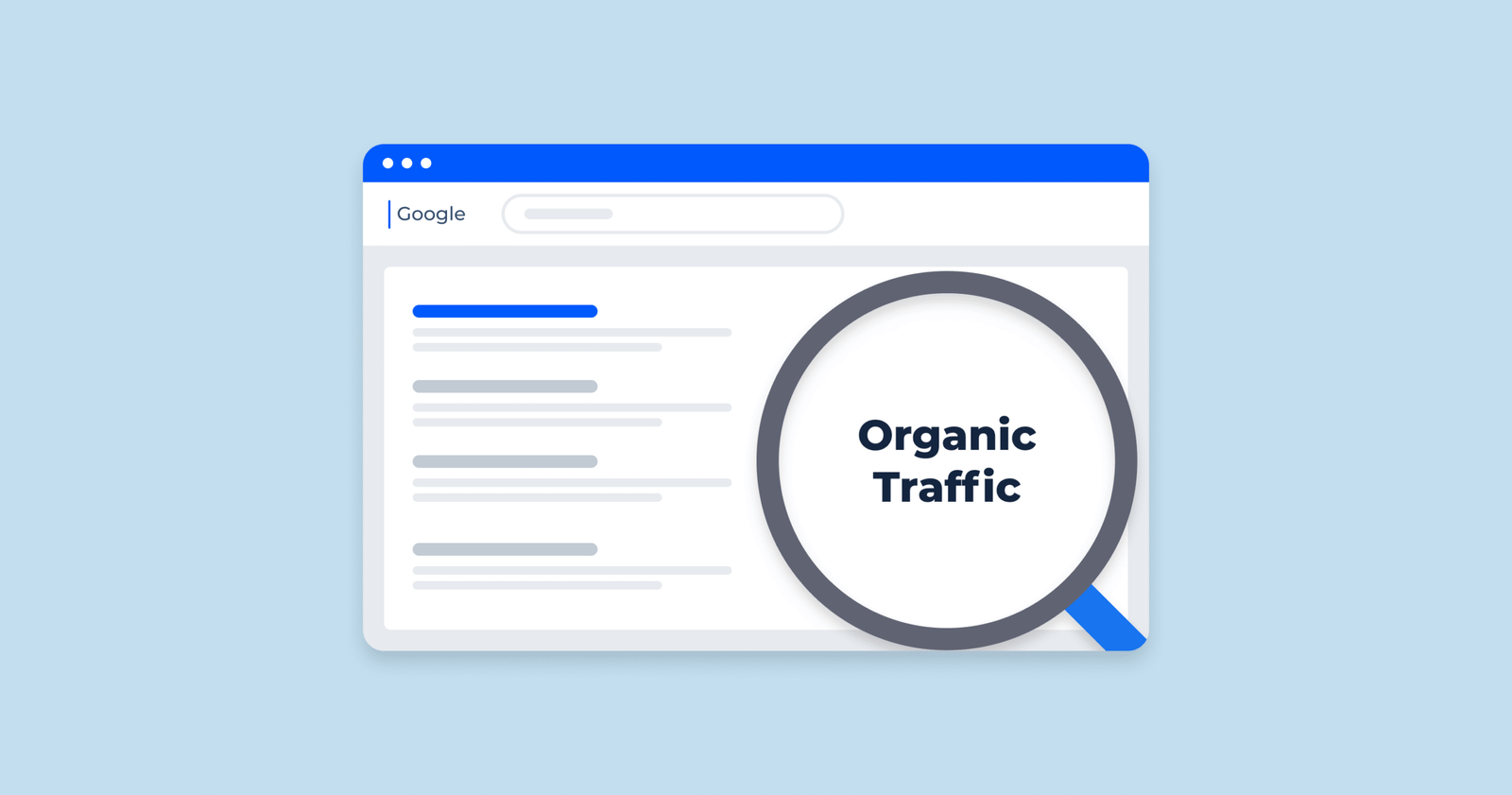Experiencing a sudden drop in organic traffic after a website migration can be alarming for any business. A 30% decline may not only affect online visibility but also lead to a significant loss in conversions and revenue. This situation is more common than many realise, and the good news is – recovery is possible. In this article, we’ll explore how businesses can bounce back after such a drop, focusing on SEO and effective content optimization strategies.
Understanding Why Traffic Drops After Migration
Website migrations involve changing the structure, platform, content, or domain of a site. While these changes are often necessary for better performance or branding, they can severely impact your SEO if not handled properly. Common reasons behind the traffic drop include:
- Improper redirection of URLs
- Loss of meta tags and structured data
- Delayed reindexing by search engines
- Missing internal linking
- Broken links or removed pages
- Poor mobile optimisation or speed issues after launch
Google takes time to re-evaluate the new site structure. If technical errors are present, your site’s rankings can suffer drastically.
Step 1: Conduct a Full Site Audit
The first thing to do is carry out a comprehensive SEO audit. This will help pinpoint the exact causes of the drop. Tools like Google Search Console, SEMrush, Ahrefs, and Screaming Frog can assist in identifying:
- Missing or broken redirects
- 404 errors or pages with thin content
- Decline in indexed pages
- Duplicate content
- Drops in keyword rankings
Make sure your sitemap is submitted correctly and robots.txt file is not blocking important pages.
Step 2: Review and Fix URL Redirects
If your old URLs are not correctly redirected to the new ones, Google may treat the pages as non-existent, leading to deindexing. Set up 301 redirects for every old URL to its equivalent new page. Avoid redirect chains or loops, as they weaken your SEO authority.
Check these redirects regularly. Even one broken link can impact the flow of link equity across your website, reducing your chances of ranking.
Step 3: Optimise On-Page Elements
Title tags, meta descriptions, header tags, and alt texts should be carefully reviewed. Sometimes during migration, these get lost or altered, affecting your keyword rankings. Restore them where needed, and ensure your target keywords are included naturally.
Focus on pages that had the most traffic before migration. Restoring them can bring a substantial portion of your traffic back.
Step 4: Strengthen Your Internal Linking
Internal links help search engines crawl and understand your website structure. After migration, if you’ve changed your URL structure or page hierarchy, internal linking can break. Use tools to identify broken links and fix them.
A well-connected internal link structure can increase user engagement, reduce bounce rates, and enhance your SEO performance.
Step 5: Improve Site Speed and Mobile Experience
One of the key ranking factors in Google’s algorithm is site speed and mobile-friendliness. During migration, themes or plugins may slow your site or cause layout issues on mobile devices.
Test your site’s speed using PageSpeed Insights and check the mobile usability report in Search Console. Optimise images, reduce JavaScript, and implement lazy loading to boost performance.
Step 6: Focus on Content Optimization
Content remains a major driver of organic traffic. Post-migration, ensure your content is well-aligned with search intent and fully optimised. Conduct a content audit and:
- Identify underperforming pages
- Update outdated information
- Add relevant keywords naturally
- Ensure proper use of headings and structure
- Include helpful media like images, videos, or infographics
For detailed guidance on content optimization, review proven strategies to update and enhance your site content effectively.
Fresh and useful content can help Google re-rank your pages quickly. It also improves user experience and increases dwell time, which are crucial for SEO recovery.
Step 7: Rebuild Your XML Sitemap and Submit It Again
After migration, your old sitemap may no longer be valid. Generate a new sitemap using tools like Yoast or Screaming Frog and submit it via Google Search Console.
This step tells search engines about the new structure and pages that need to be crawled. Make sure all your important pages are included and there are no redirects or broken links in the sitemap.
Step 8: Monitor Keyword Performance Closely
Track how your keywords are performing post-migration. Focus on your top-performing pages and ensure they are getting indexed properly. If rankings are fluctuating, resist the urge to make drastic changes too soon.
Instead, continue strengthening the pages with high potential through improved content and backlinks.
Step 9: Keep an Eye on Google Search Console Reports
GSC provides valuable insights into your search performance, including crawl errors, mobile usability issues, and index coverage. Use it regularly to identify problems early and address them before they impact rankings further.
You can also monitor which queries are gaining or losing visibility, helping you prioritise content updates or keyword targeting.
Step 10: Strengthen Your Backlink Profile
Backlinks are essential for improving SEO authority. If any backlinks are pointing to old URLs that now return errors, you may lose valuable link equity. Reach out to webmasters and request updates to the correct URLs.
Additionally, start building fresh backlinks to new pages through guest posts, PR campaigns, or business listings.
Final Thoughts
A 30% drop in organic traffic after site migration is frustrating but not irreversible. With the right SEO strategies, technical fixes, and ongoing content optimization, you can restore your site’s performance and even exceed previous levels. Patience is key—recovery takes time, but consistency in applying best practices will pay off.
Stay proactive, monitor analytics, and keep your site updated. Remember, Google rewards websites that provide quality, relevance, and seamless user experience.
